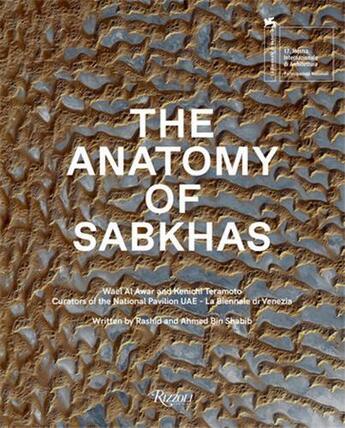-
Date de parution : 07/12/2021
-
Editeur :
Rizzoli
-
EAN : 9788891830364
-
Série :
(-)
-
Support :
Papier
Résumé:
The ancient terminology, sabkha-born in the Arab world-has become well-established in the global lexicon of geological and ecological discussions around sustainability. Perhaps the most important quality of the sabkha in this context is that its ecological network of wetland plants can sequester... Voir plus
The ancient terminology, sabkha-born in the Arab world-has become well-established in the global lexicon of geological and ecological discussions around sustainability. Perhaps the most important quality of the sabkha in this context is that its ecological network of wetland plants can sequester four times more carbon (per square meter) than rainforests can. So, sabkhas not only support our natural environment but also heal it. Sabkhas have also infiltrated popular culture. Salt has travelled beyond its natural habitat and into our traditions, rituals, festivals, and our built environ-ment. From uses of its salt in spiritual purging during Japanese Sumo match-es to its use in Jewish weddings to Burning Man-a temporary city construct-ed on a Californian desert sabkha. Possibly the most ancient ritual carried into the 21st century is their allure as salt baths. But their mineral content can also produce preservatives, energy, and even buildings.
Donner votre avis














